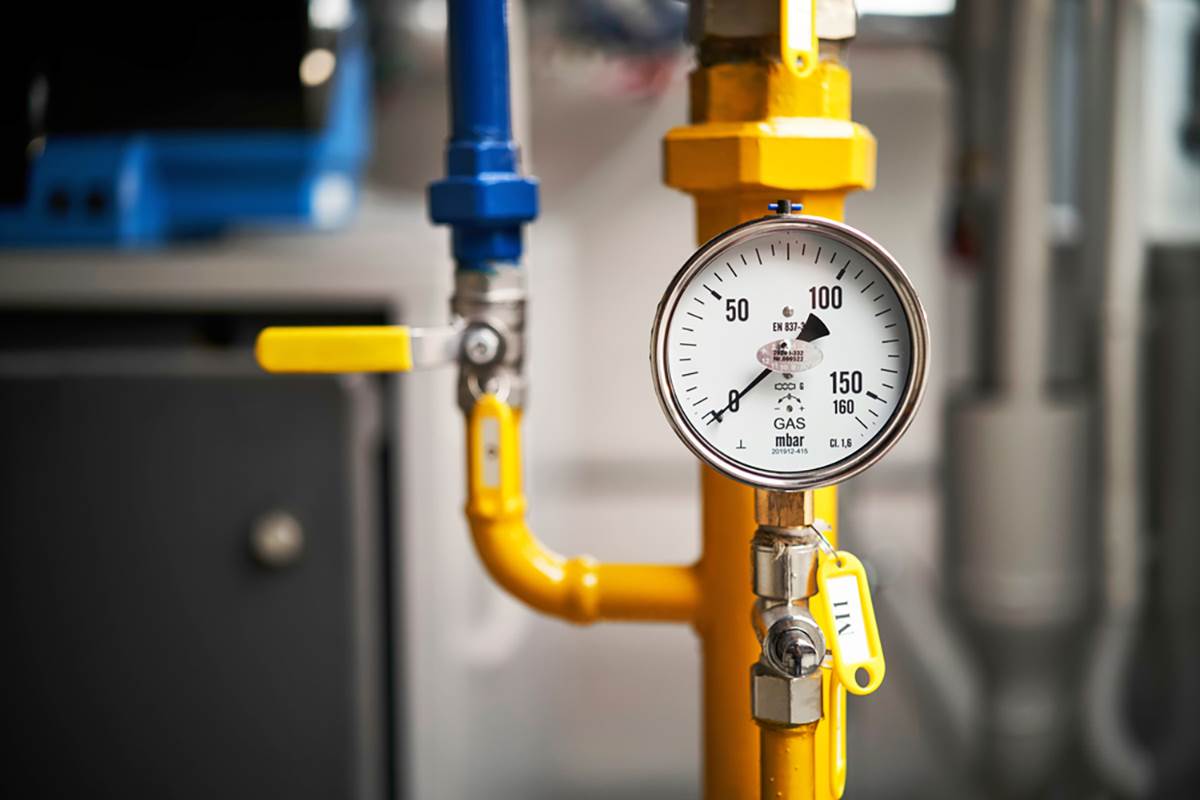Natural gas prices jumped in Europe in June, here’s what analysts say.
Natural gas prices in Europe have jumped by more than half so far in June after months of decline, a worrying reminder of last year’s energy crisis.
Reference prices have increased by 52% since the beginning of this month and reached 35 euros per megawatt hour, according to the data. Gas prices reversed course mainly due to longer maintenance periods and longer repairs to key gas facilities in Norway, analysts told CNN.
“The recent rise in prices shows how sensitive the European market is to disruptions”said economist Bil Vederburn.
Natural gas prices in Europe remain well below last summer’s levels, when the continent found itself in an energy conflict with Russia following Moscow’s invasion of Ukraine. But the rapid rise in prices this month shows how vulnerable the region remains to any supply disruptions after falling imports from Russia.
Norwegian gas network operator Gassco announced this week that the planned temporary closure of one of its gas processing plants has been extended until July 15. It was supposed to come back online on June 21. Two other gas plants will remain offline indefinitely, due to “problems in the process.”
Last year, Norway replaced Russia as the largest source of natural gas imports to the European Union, with more than 24 percent of the market, while Moscow provided 15 percent.
Europe could lose another source of gas. Prices jumped on Thursday after reports that the Netherlands planned to permanently shut down its Groningen gas field in October, rather than a year later, which had been an option.
Gas futures hit an intraday high of nearly 50 euros ($55) per megawatt hour before falling again. That’s more than double their level at the beginning of the month.
A Dutch government spokesman told CNN on Friday that it has not yet made a decision on when to close Groningen.
“The European gas market is not stable, but it is not global either”
Once a major supplier of natural gas to Europe, the Netherlands has shut down production onshore for the past decade due to earthquake risks. The onshore production field is one of the largest in the world, but now accounts for only a fraction of Europe’s gas supply. However, reports that it could close in October seem to have rattled traders.
“The European gas market, and thus the global gas market, is certainly not yet stable in terms of adequate matching of supply with demand”Tom Marzec-Manser, head of gas analytics at ICIS, told “Si-En-En”.
He added that price growth was always expected because “futures” prices for natural gas deliveries for the next two winters remained elevated compared to historical norms.
Prices jumped to an all-time high of 340 euros per megawatt-hour at the end of August as European countries raced to replenish their supplies ahead of the winter months.
Those warehouses are now full 73% – which is a much higher level than the 56% that the block had on average at the same time of the year in the past five years, according to data from “Gas Infrastructure Europe”.
“The period of panic we saw last summer … is unlikely to happen again”said Massimo Di Odoardo, senior gas researcher at Wood Mackenzie consultancy.
Record gas storage levels in Japan and South Korea, combined with a weaker-than-expected Chinese economic recovery, also reduce the chance that Europe will be forced into another costly tussle with Asia this year to import liquefied natural gas, he said. .
Still, it didn’t take much to shake traders’ confidence.
“Europe still has to deal with the fact that there is little Russian gas in Europe. Unplanned disruptions can still lead to price spikes.”said Henning Gloystin, Director of Energy, Climate and Resources at “Eurasia Group”.
According to Di Odoard, the prolonged shutdown of key gas facilities in Norway “could easily reduce supply by another billion cubic meters in the next few months”.
“It really only takes five billion cubic centimeters less to make the market much tighter,” he said.
(WORLD)
